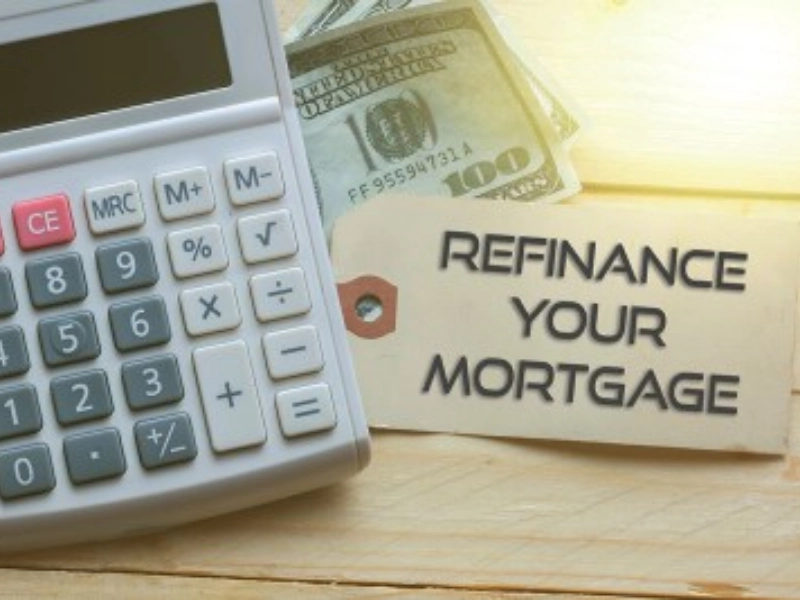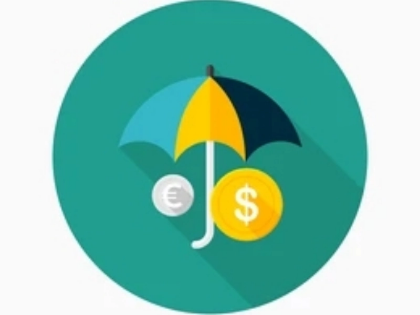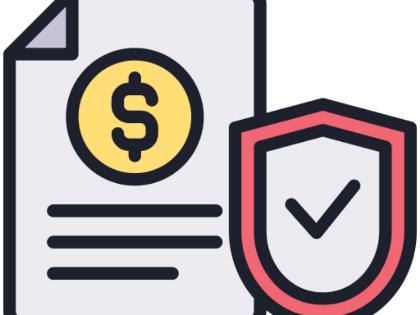Overcoming Student Loan Debt: Methods for Better Financial Prospects
Debt from student loans can seem like a massive weight. However, student loan debt can be overcome and the path to financial security can be cleared with proper preparation and a proactive mindset. Paying more than the minimum, refinancing, investigating income-driven repayment plans, making additional payments, and taking into account loan forgiveness programs are all effective tactics.
1. Establish a spending plan.

2. Examine your repayment options.
 In addition to harming your credit score, missing student loan payments might prevent you from reaching other financial objectives like home ownership or retirement savings. You want to think about employing a repayment plan to pay off your debts as soon as possible in order to avoid this.
Borrowers have a plethora of options at their disposal, including income-driven repayment programs that gradually cut interest while lowering monthly payments. Additional choices include the debt snowball strategy, which asks individuals to allocate additional funds toward paying off the smallest loan first and prioritize their obligations based on size.
Gradual repayment is an additional choice that involves starting with smaller payments and increasing them every two years to pay off the loan in ten years. This strategy may still yield higher interest than an income-driven plan, though.
In addition to harming your credit score, missing student loan payments might prevent you from reaching other financial objectives like home ownership or retirement savings. You want to think about employing a repayment plan to pay off your debts as soon as possible in order to avoid this.
Borrowers have a plethora of options at their disposal, including income-driven repayment programs that gradually cut interest while lowering monthly payments. Additional choices include the debt snowball strategy, which asks individuals to allocate additional funds toward paying off the smallest loan first and prioritize their obligations based on size.
Gradual repayment is an additional choice that involves starting with smaller payments and increasing them every two years to pay off the loan in ten years. This strategy may still yield higher interest than an income-driven plan, though.
3. Make loan payments a priority.
 Now that interest is being charged on federal loans and mandatory payments will resume in October, it's important to plan how to reduce or eliminate your debt. Fortunately, there is no collateral attached to student loans that may be confiscated in the event of default, making them an unsecured type of debt.
You can save money by creating a repayment plan that ranks your debts according to interest rates. The "debt snowball" method is a well-liked strategy that entails listing all of your obligations in order of least to greatest and starting to make extra payments toward the smallest debt until it is paid off.
To augment your income, you can also think about taking on a second job or working on the weekends. This will enable you to pay off your debt faster by enabling you to make greater monthly payments.
Now that interest is being charged on federal loans and mandatory payments will resume in October, it's important to plan how to reduce or eliminate your debt. Fortunately, there is no collateral attached to student loans that may be confiscated in the event of default, making them an unsecured type of debt.
You can save money by creating a repayment plan that ranks your debts according to interest rates. The "debt snowball" method is a well-liked strategy that entails listing all of your obligations in order of least to greatest and starting to make extra payments toward the smallest debt until it is paid off.
To augment your income, you can also think about taking on a second job or working on the weekends. This will enable you to pay off your debt faster by enabling you to make greater monthly payments.
4. Search for benefits related to employment.
 Many businesses provide initiatives to help employees repay their college loans in order to improve their financial well-being and lower stress levels. Employees can accomplish their short- and long-term financial goals considerably more quickly with the aid of these programs, which are frequently tax-free.
Offering workshops and teaching materials can also be a successful tactic. These could involve techniques like tax deduction maximization, student loan refinancing, and budgeting. Studies reveal that these kinds of initiatives affect retention rates at work, with 86% of employees stating they would stay with a firm for five years if it provided assistance with student loan payments.
Many businesses provide initiatives to help employees repay their college loans in order to improve their financial well-being and lower stress levels. Employees can accomplish their short- and long-term financial goals considerably more quickly with the aid of these programs, which are frequently tax-free.
Offering workshops and teaching materials can also be a successful tactic. These could involve techniques like tax deduction maximization, student loan refinancing, and budgeting. Studies reveal that these kinds of initiatives affect retention rates at work, with 86% of employees stating they would stay with a firm for five years if it provided assistance with student loan payments.
5. Examine programs for loan forgiveness.
 In contrast to other transfer programs, such as food handouts, the forgiveness of student debt has no effect on consumption. Rather, it assists borrowers in meeting their fundamental needs and taking professional chances, including changing occupations or launching enterprises.
In order to address the persistent student loan crisis, the Biden administration has taken decisive action. By launching the most affordable student loan repayment plan ever and correcting mismatched laws to expand public service loan forgiveness and income-driven repayment, millions of borrowers have been able to reduce their monthly payments to $0 and watch their balances fall more quickly.
For those who engage in public service for the federal government or a nonprofit organization, the PSLF program forgives federal loans. However, there is a stringent 10-year eligibility window. For this reason, it's critical that borrowers monitor the progress of their PSLF and consider alternative choices, like income-based repayment.
In contrast to other transfer programs, such as food handouts, the forgiveness of student debt has no effect on consumption. Rather, it assists borrowers in meeting their fundamental needs and taking professional chances, including changing occupations or launching enterprises.
In order to address the persistent student loan crisis, the Biden administration has taken decisive action. By launching the most affordable student loan repayment plan ever and correcting mismatched laws to expand public service loan forgiveness and income-driven repayment, millions of borrowers have been able to reduce their monthly payments to $0 and watch their balances fall more quickly.
For those who engage in public service for the federal government or a nonprofit organization, the PSLF program forgives federal loans. However, there is a stringent 10-year eligibility window. For this reason, it's critical that borrowers monitor the progress of their PSLF and consider alternative choices, like income-based repayment.







